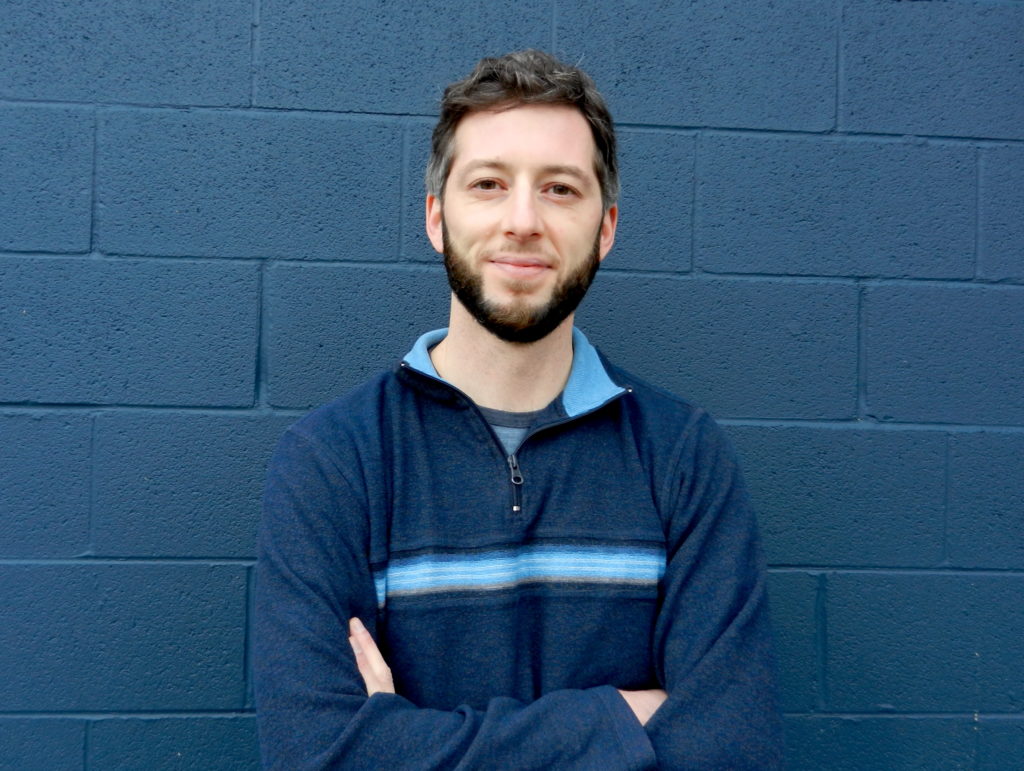
Connection, Isolation, and Imagination by Arseniy Gutnik
.
During this pandemic, I have been thinking about connection and isolation. The new normal of quarantines and lockdowns has impacted my connections with people, and heightened my awareness of connecting with myself. As social isolation increased and new regulations changed the space for physical movement, some of my self-care routines became even more important, like running, and listening to what tension and relaxation in the body was telling me about my overall state of feeling. To help shape my imagination of connection and isolation, I have been listening to and reading some of the brilliant voices in the Black radical tradition. Their offering of intersectional freedom dreaming has been inspiring. I have also been reaching into my own memory to examine experiences that shape my views of connection and isolation with others and within myself.
The communal ideology of the Soviet Union, while far from perfect, got something right. Soviet construction and design prioritized human connections.
In the early 2000s, after a decade of living in the U.S., I went back to Russia for the first time. Upon returning to a typical suburban cul-de-sac in the U.S., I felt angry. I recognized this as reverse culture shock. It was the immediate isolation that I felt as I stepped out of the car onto the narrow sidewalk along cookie-cutter town homes and driveways with cars, but no actual people in sight. In Russia, a different imaginary had guided how living space was designed in the 20th century. High-rise buildings circled around big courtyards with playgrounds, benches, trees and shrubs. It was where kids played, teenagers hung out, parents watched their kids from the benches while talking, and the elderly socialized, or played chess and other games. The communal ideology of the Soviet Union, while far from perfect, got something right. Soviet construction and design prioritized human connections.
In the U.S., I read an article by David Roberts called “How our housing choices make adult friendships more difficult.” It talked about how many families are “pushed, by custom, policy, and expectation, to move into” individual houses, and that the U.S. severely lacks in alternatives of two kinds: safe, walkable common spaces and co-housing communities. Where they do exist, they are often prohibitively expensive. A long history of profit-driven and often racist housing patterns has literally built isolation into many of our lived environments.
What is more, isolation is built into our minds and into our bodies through education and through work. As workers, we are taught that we are machines to be used in the service of capitalist agendas. Our bodies accumulate stress from long hours, multiple jobs, harsh supervisors, unaffordable and unpredictable healthcare tied to work, and unemployment without adequate social support. Too often, work isolates us from bodily and mental pleasure, and so does the educational system. In my public schooling, sexual health lacked discussion of bodily consent and pleasure, but featured scary information about sexually transmitted infections. Biology classes taught us to think of our bodies as mechanical objects made up of cells organized into systems. We never investigated links between anatomy, physiology, thoughts and emotions.
A few years ago, I pulled a muscle in my leg and it lingered until I went to see a physical therapist. He asked to me lie down and to listen to Alabama Shakes. The therapist asked me to imagine a place that was safe and comfortable. I thought of a trip to the Thousand Islands, one of the beautiful natural places on the St. Lawrence River, with its breathtaking views from the tall, long bridges spanning river banks and islands, its blue water, and the horizon, all in my line of sight. A swing set by the water gave me a calming sensation. The physical therapist explained that the mind controls muscles and even though the injury likely healed, I probably had learned to tense up the muscle. Whenever I felt tension, I needed to return to the swing set on the Thousand Islands. The therapist helped focus my attention on using my imagination and emotions to reconnect in right relationship with my body.
During the pandemic, I have been grateful to learn from the Black radical tradition about the kind of society that I want to live in, one where I feel connected to others and to myself. The reason that the Black radical tradition – radical meaning grasping at the root – is so important for my imagination and understanding, can be summed up in the 1977 Combahee River Collective Statement. Written by Black women, it says that “if Black women were free, it would mean that everyone else would have to be free since our freedom would necessitate the destruction of all the systems of oppression.”
Adrienne Maree Brown talks about organizing aimed at creating a world that we have not seen yet, as a science fictional activity that requires aligning ourselves into the future, of imagining the presence of what makes us feel good and ways to get there. Alexis Pauline Gumbs, through her book Undrowned: Black Feminist Lessons From Marine Mammals, beautifully explores our interconnections with each other and with other species and life on Earth. It is this kind of imagination that excites me and helps to contextualize my life experiences in a way that is personal, hopeful about the future, and connective.
◊
All audio, text and images are under copyright © Neelum Films LLC
Comments (1)
Leave a Reply to MB Cancel reply
You must be logged in to post a comment.






Good points all, spasiba. They overlap with my experience.